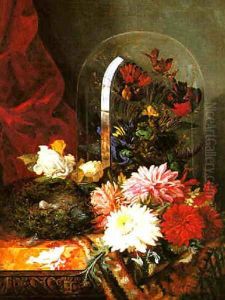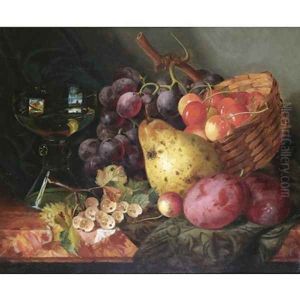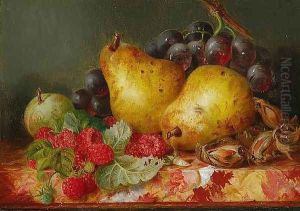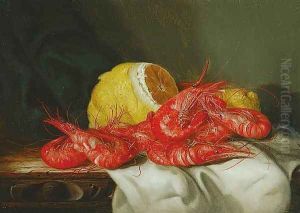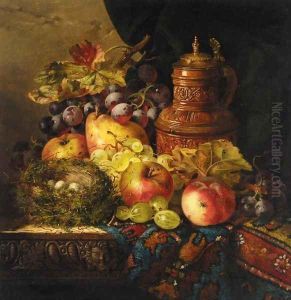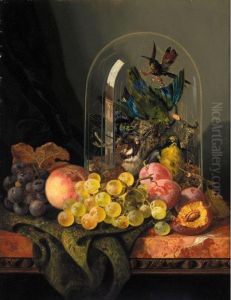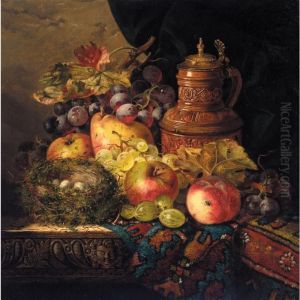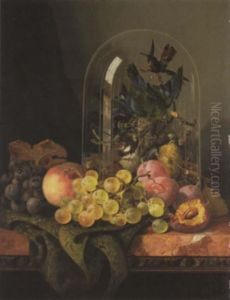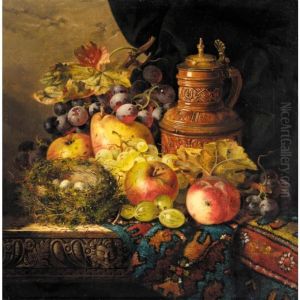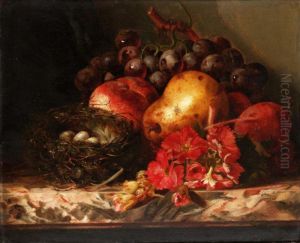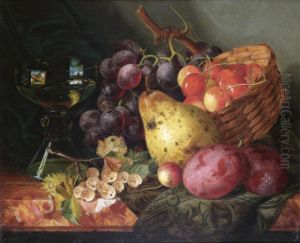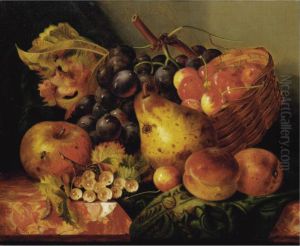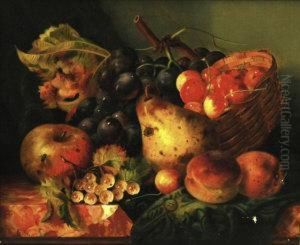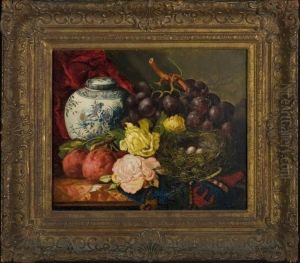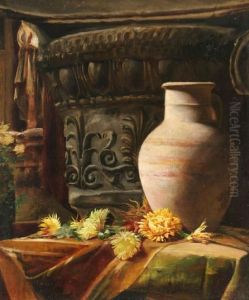Ellen Ladell Paintings
Ellen Ladell was a distinguished British artist, celebrated primarily for her intricate and lifelike still-life paintings. Born in 1853, Ladell's early life is shrouded in some mystery, much like many women artists of her time, but she emerged as a significant figure in the Victorian art scene. Her works often featured meticulously arranged tableaux of flowers, fruits, and household objects, showcasing not only her technical skill but also her keen observation of detail and texture.
Ellen Ladell's career spanned a period of significant change in the art world, from the late Victorian era into the early 20th century. Despite the challenges faced by women artists in gaining recognition and opportunities in a male-dominated field, Ladell managed to carve out a niche for herself. Her paintings were celebrated for their vibrancy and realism, capturing the beauty of everyday objects with a precision that was ahead of her time.
Ladell was married to another artist, Frederick Ladell, who was also known for his still-life works. This partnership might have influenced their artistic output, as they shared themes and styles that complemented each other's work. Ellen's paintings were exhibited at various prestigious venues, including the Royal Academy of Arts in London, further establishing her reputation.
Throughout her career, Ellen Ladell continued to push the boundaries of still-life painting, experimenting with light, composition, and color in ways that were innovative and sometimes even avant-garde. Her legacy lives on through her contributions to British art, and her works are still admired today for their beauty and technical excellence.
Ellen Ladell passed away in 1933, leaving behind a body of work that continues to be celebrated for its detail, craftsmanship, and artistic vision. Her life and art stand as a testament to her talent and determination, making her an enduring figure in the history of British art.
